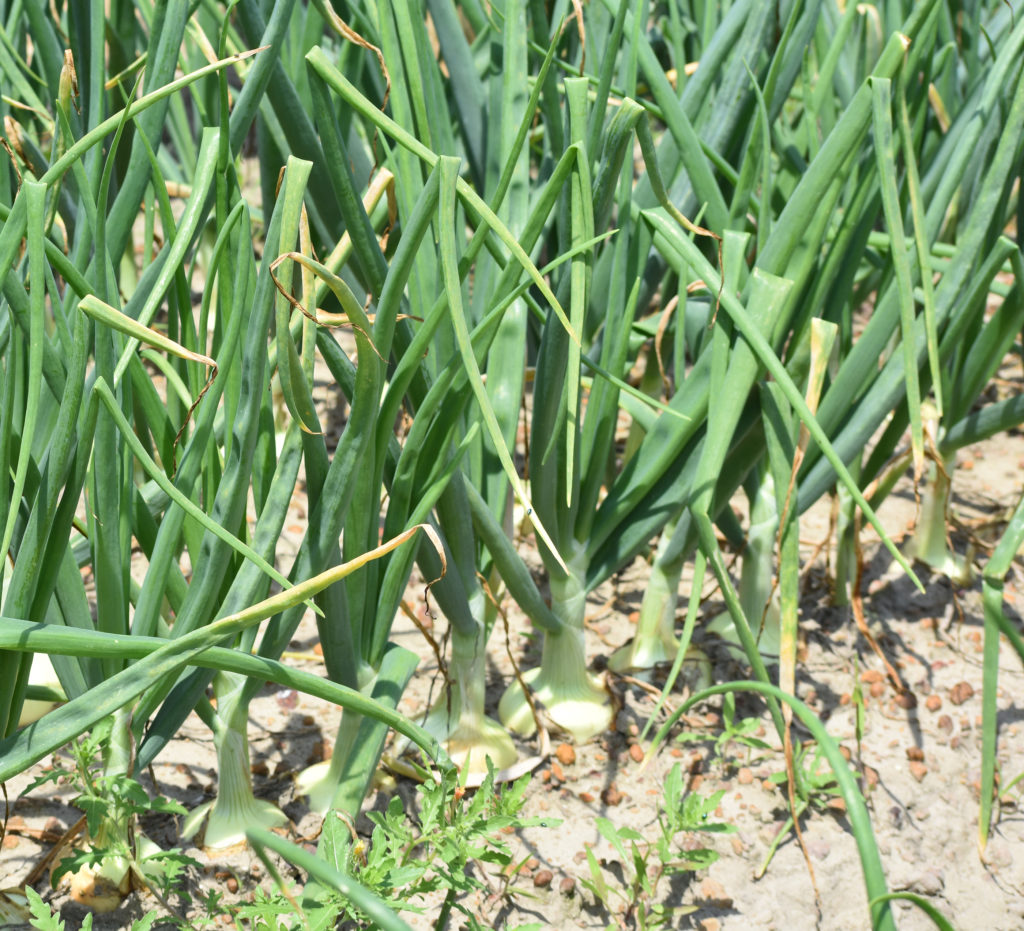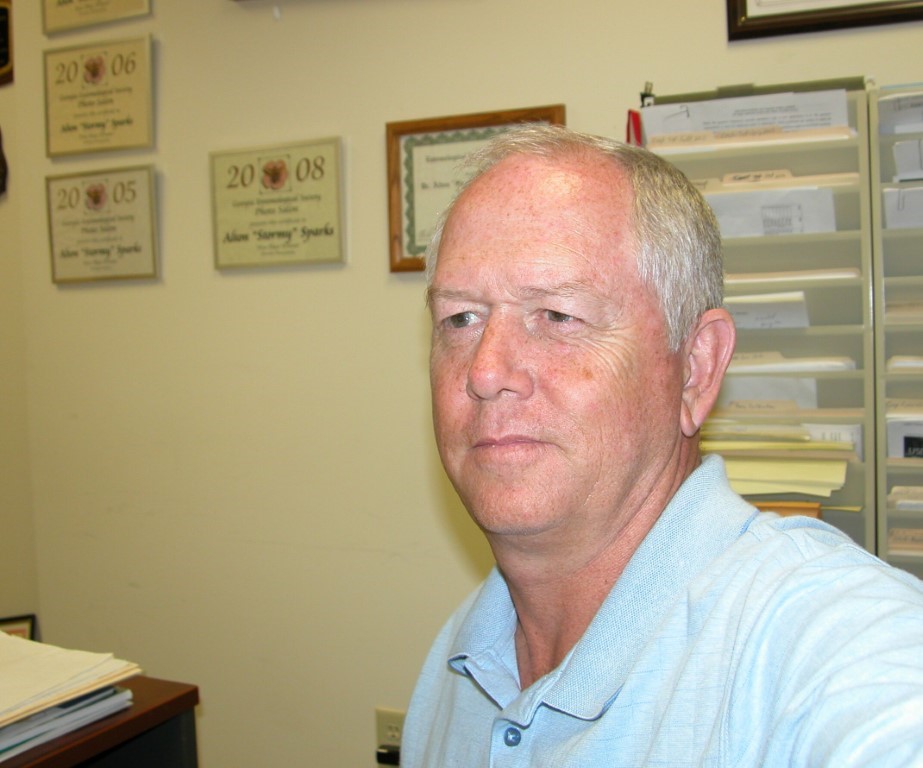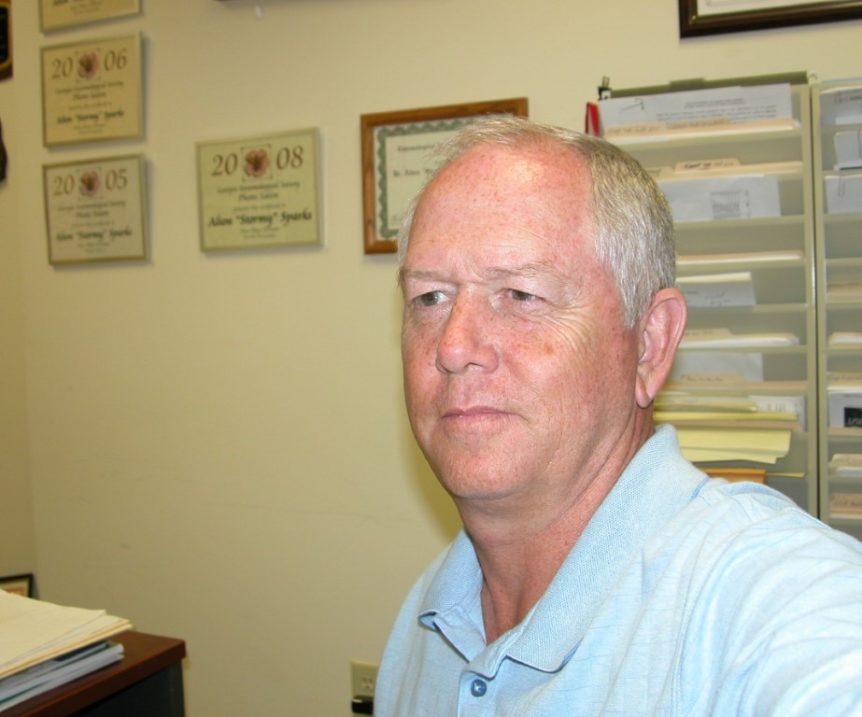
By Clint Thompson
Specialty crop producers are free to use chlorpyrifos again. The concern now is its lack of availability.
The Eighth U.S. Circuit Court of Appeals overturned the Environmental Protection Agency’s (EPA) decision to revoke tolerances of chlorpyrifos (lorsban) on food crops. However, many of the main manufacturers stopped making chlorpyrifos, according to Stormy Sparks, University of Georgia (UGA) Cooperative Extension vegetable entomologist. He explained the situation facing farmers.

“It’s set up right now where it could potentially return to the market. The question then becomes, I don’t think Corteva’s going to bring it back, because they quit making it. The question is are the generics going to bring it back and potentially lose it again? Right now, it’s just kind of a wait and see what happens,” Sparks said. “The Ninth Circuit Court basically set it up as an all or nothing scenario. That’s the way the EPA interpreted it. This (Eighth) Court said, ‘No, there’s all kinds of steps it could take between.’ Instead of eliminating everything, there’s certain things that have been identified as safe and there’s economic benefit to it. You could potentially keep those uses and eliminate some uses. It was basically set up as being black and white, and they’re saying no, it’s grey.”
Impact
The EPA revoked all tolerances for chlorpyrifos back in 2021. Its ban applied to all vegetable crops, though chlorpyrifos was used extensively in vegetable production for soil insects in onion and sweet potato acreage. It was and still is a huge loss for producers.
“Like onions, right now, there is no alternative for lorsban. You’re basically planting and hoping you don’t have a soil insect problem. That’s one of the uses we identified in Georgia as being a critical use for lorsban. Some crops you’ve got diazinon as an alternative, and some crops it’s not an alternative,” Sparks said.
Sparks said the EPA has time to respond to courts, but it will not matter if supply is not available to meet potential demand for it.
“Irrespective of what the EPA says, companies have got to come in and provide it or not,” Sparks said.










